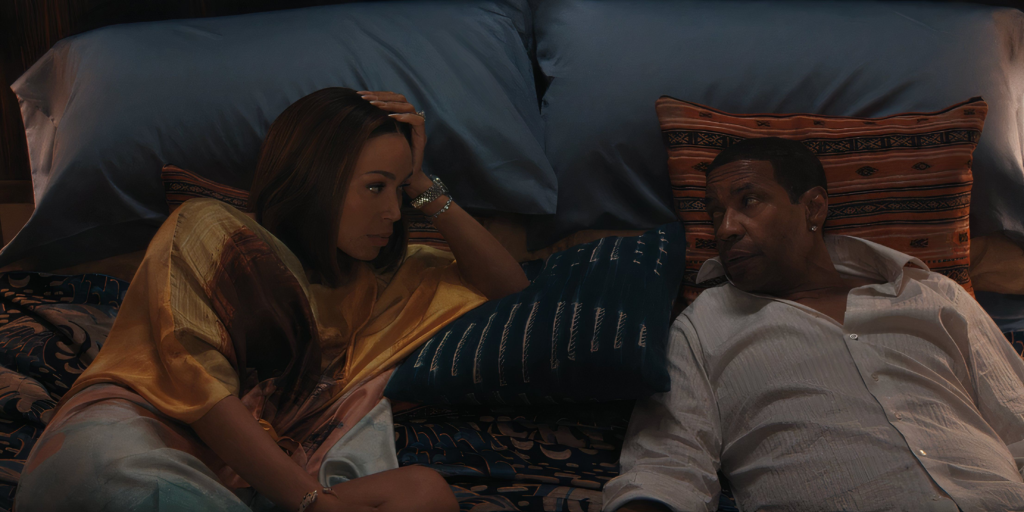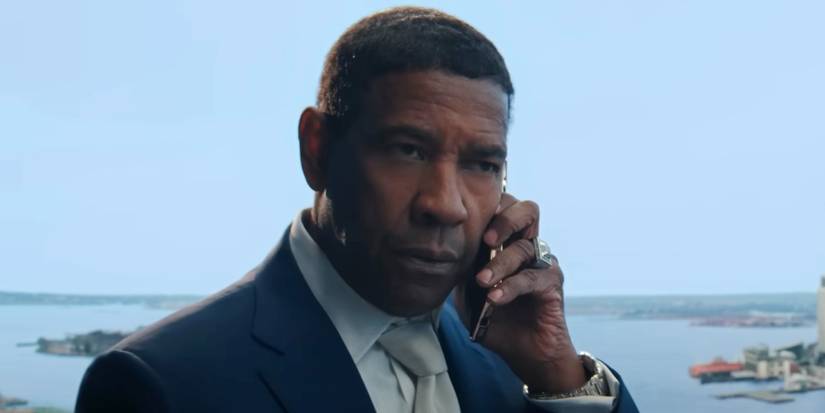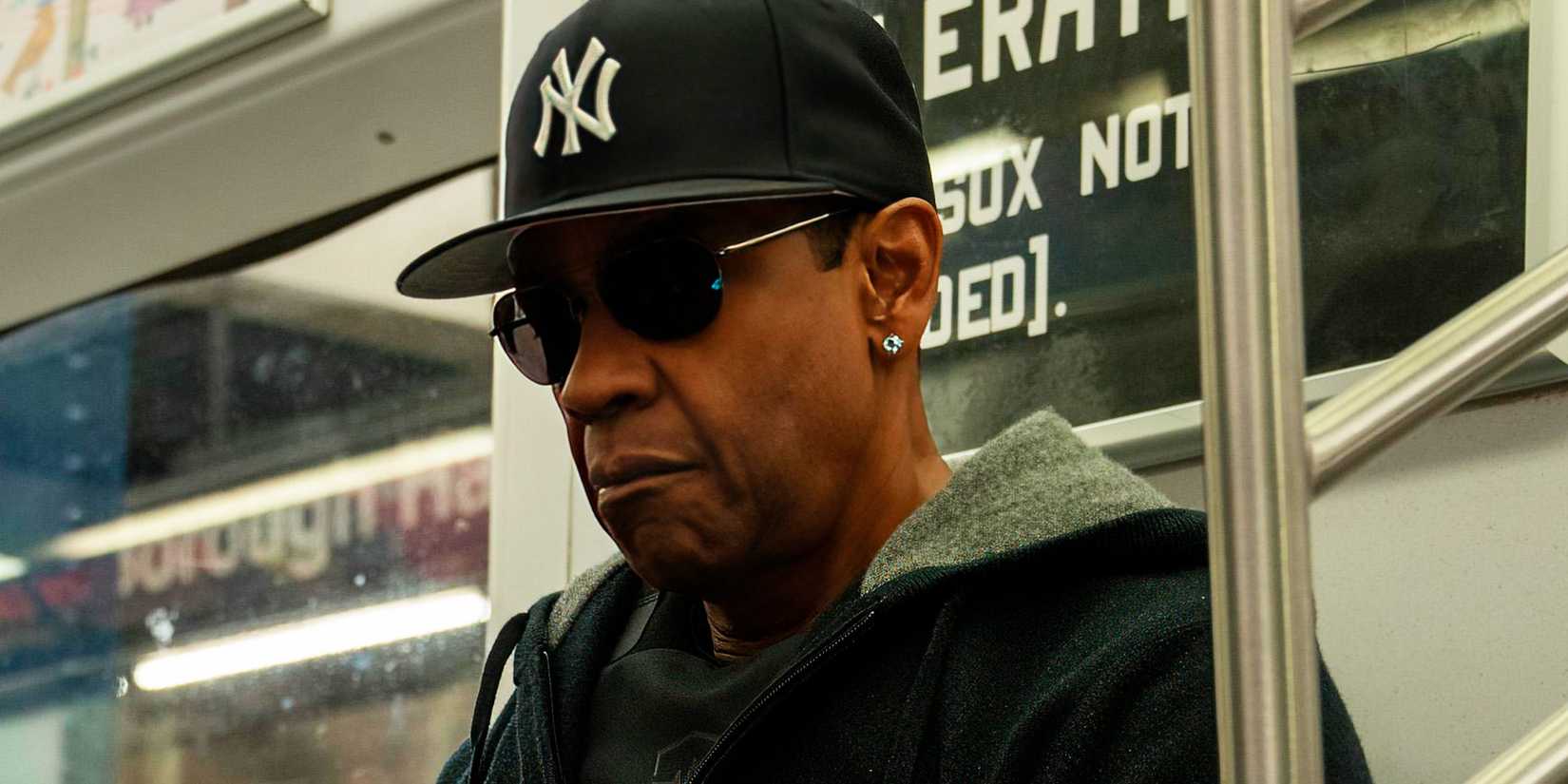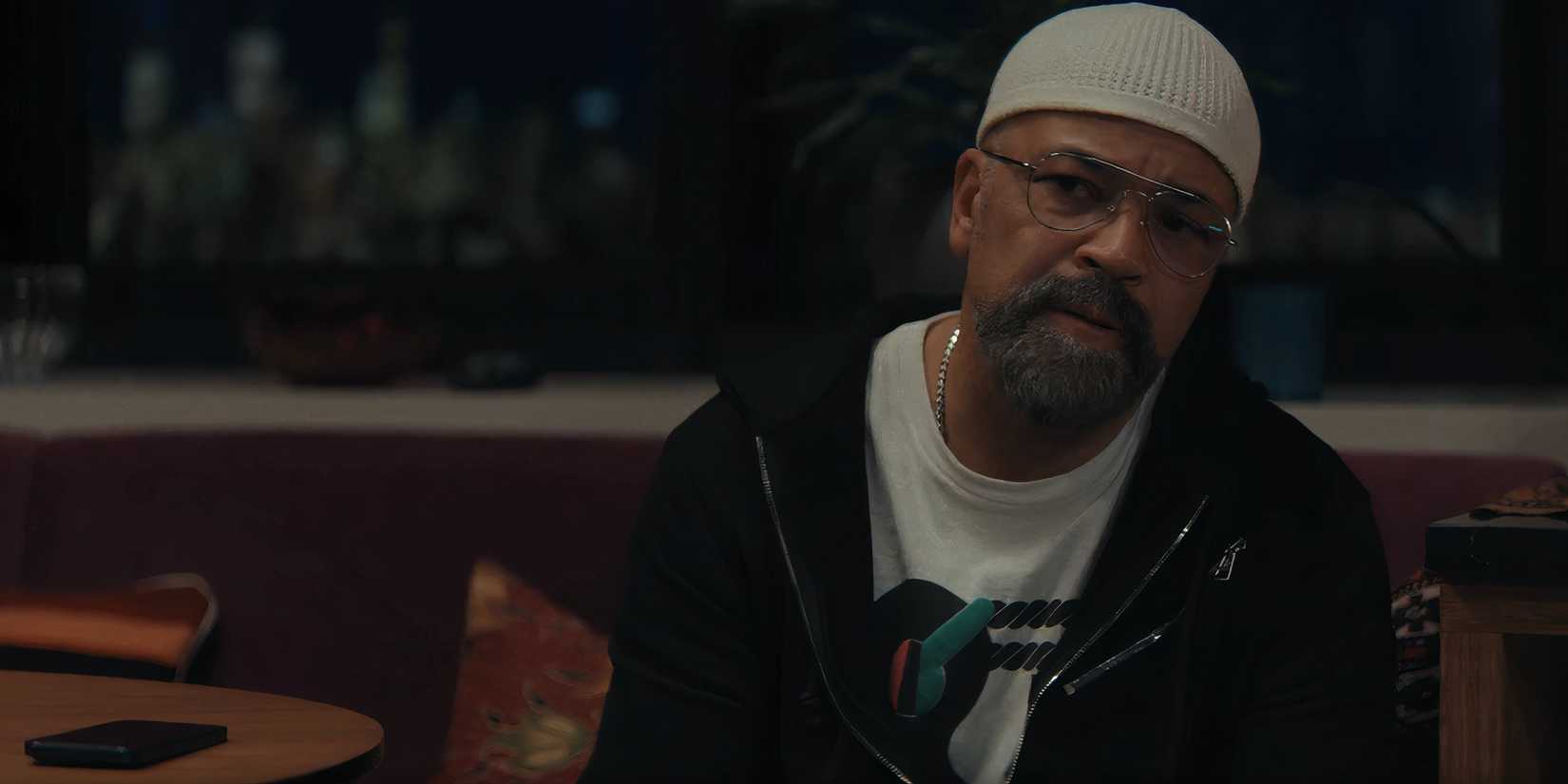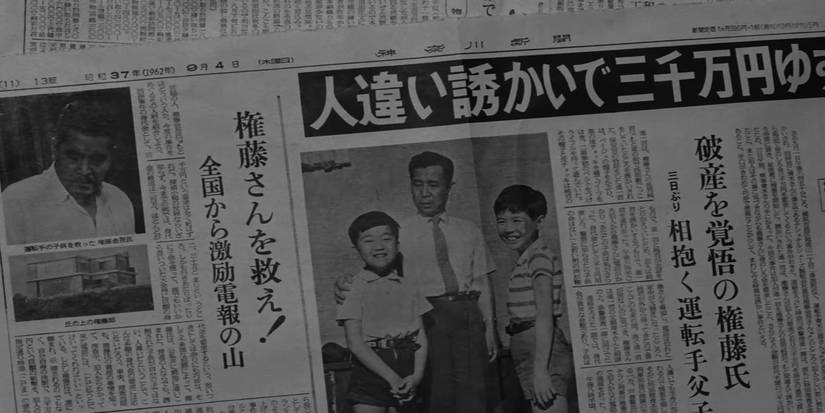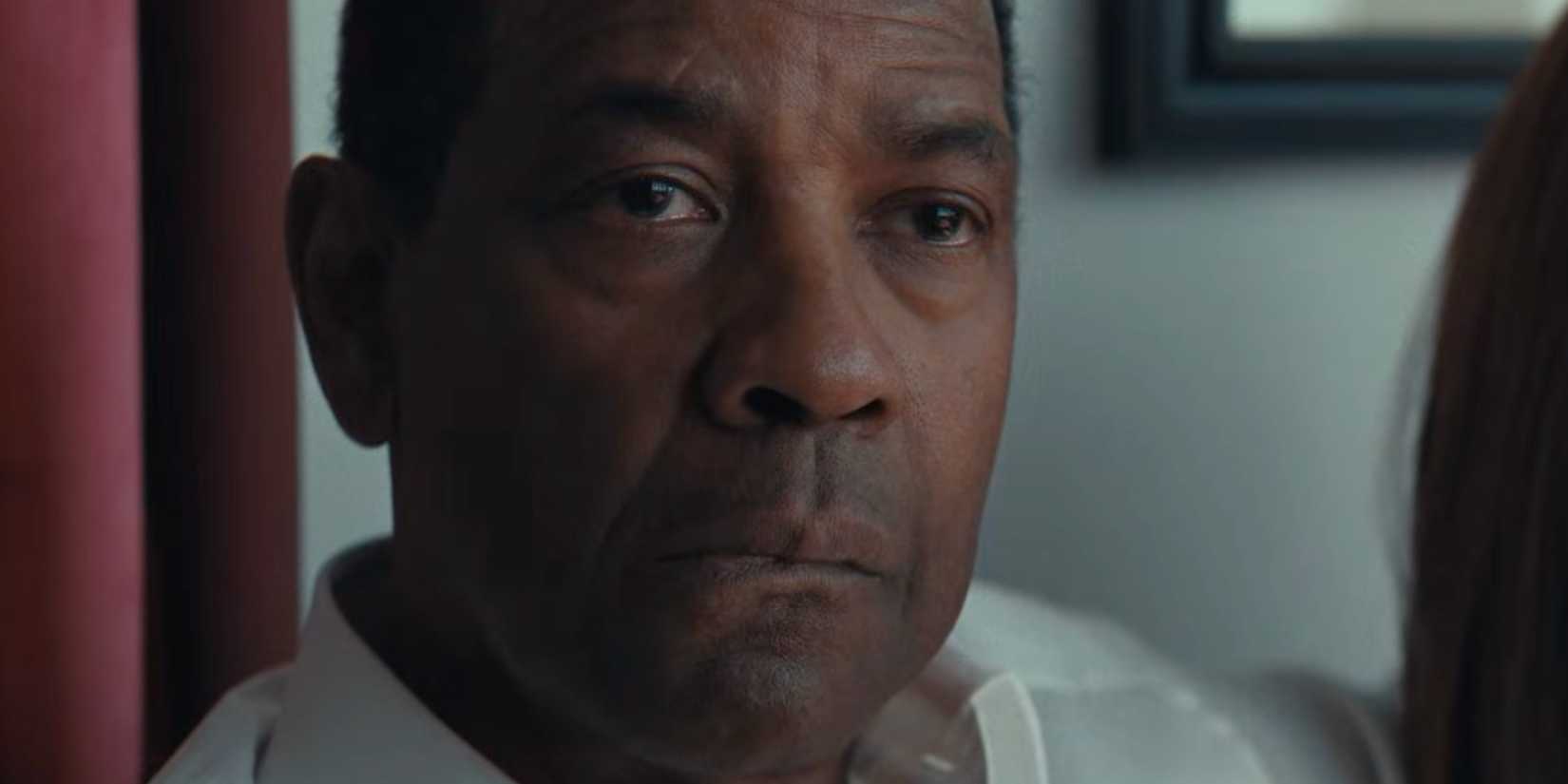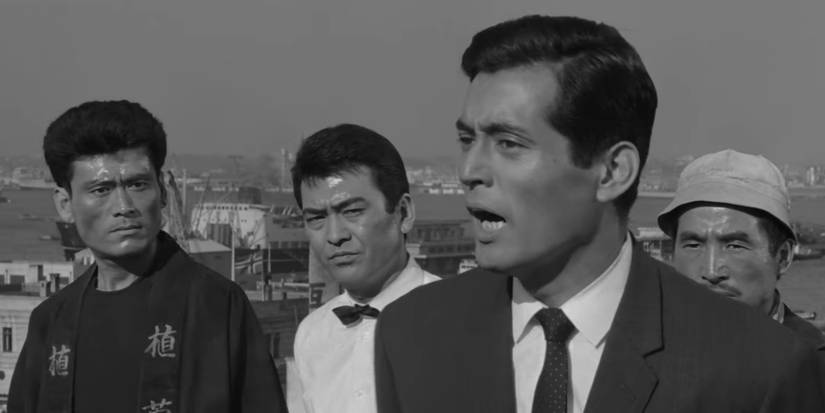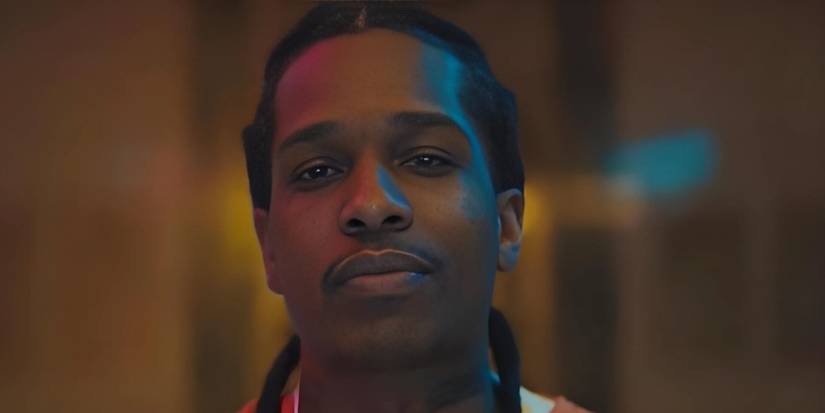The following contains spoilers for Highest 2 LowestHighest 2 Lowest takes some creative liberties in updating the plot of High and Low for the 21st century, making some key changes to the characters, setting, and narrative, even as it largely keeps the same overall story. An adaptation of the 1959 novel King’s Ransom by Evan Hunter, High and Low is a grounded crime drama from Akira Kurosawa that focuses on an executive who must choose whether to spend his fortune paying off the ransom of his chauffeur’s accidentally kidnapped son. Now, Spike Lee has adapted the story for the modern day with Highest 2 Lowest.
Relocating the story from mid-20th-century Yokohama to New York City in the present day, Highest 2 Lowest keeps many of the same themes but explores them in new ways. It does this by tweaking major characters and organizations like David King, introducing themes about music instead of Kingo Gondo’s shoe company. These changes made in the reimagining highlight the enduring qualities of Akira Kurosawa’s film while reflecting Spike Lee’s unique traits as a filmmaker. Here are the biggest differences between High and Low and Highest 2 Lowest.
8
Kingo Gondo Is A Show Executive, David King Is A Music Executive
The most important distinction between the original High and Low and Spike Lee’s Highest 2 Lowest is the importance of music to the narrative and themes of the newer film. In High and Low, Kingo is the executive of a company that produces shoes. It’s a job he thrives in, even if the limitations of his company frustrate him.
David King is a music executive who cares deeply about the art and history of music, something that has faded in recent years. King’s efforts to break off his own company are rooted in his efforts to reconnect with the culture he loves, as well as to be free from the constraints of his company’s board (giving him a similar, if distinct, motivation from Kingo).
Both characters grew up poor and but rose up in the world, playing into the movie’s themes about societal inequity. This leads to functionally similar endings for both characters despite their differences, with both Kingo and King finding happiness in a smaller company that they have more personal stake in and authority over.
7
The Setting Of The Story Changes (And Impacts The Overall Film)
High and Low and Highest 2 Lowest are both very rooted in their respective settings, which impacts their overall worldbuilding and story. Much of High and Low’s tension is drawn from the disparity between the wealthy and the poor in post-WWII Japan.
The streets of Yokohama are depicted as a terrifying market, with scores of beggars moving through the streets. This draws a lot of attention to the film’s themes about the haves and have-nots, something that’s also focused on in Highest 2 Lowest. However, the Spike Lee film doesn’t depict New York City in nearly such a damning light.
Instead, New York City is portrayed as a vibrant and lively place, especially during the Puerto Rican Pride parade that serves as Yung Felon’s distraction during the ransom exchange. While the film still highlights the sheer wealth gap between King and Yung Felon, the city itself isn’t portrayed in such a grim light.
6
King Is Much Closer To Paul Than Kingo Is To His Chauffeur
A major element of both films is the dynamic between the executive and his chauffeur, with Highest 2 Lowest tweaking the relationship for added drama. While Kingo and Aoki are on good terms in the original film, it’s nothing compared to the connection between David and Paul in Highest 2 Lowest.
The two are revealed to have been friends growing up in the same area of New York City, with David hiring Paul to become his personal driver after the latter was released from prison. This adds extra layers of conflict to David’s internal strife over whether to sacrifice his fortune to save Paul’s son.
It was already a heartbreaking moral dilemma for Kingo and Aoki, but Aoki at least initially seems deferential to Kingo’s fears. By contrast, Paul never wavers in his arguments that David has to save Kyle. David and Paul’s long-time relationship makes it much harder for David to justify leaving his best friend’s son to die, further complicating his moral dilemma.
5
The Sons Are Older (And More Active In The Plot) In Highest 2 Lowest
In High and Low and Highest 2 Lowest, the kidnapper targets the son of an executive but mistakenly gets the child of his chauffeur. However, the age of the sons is a major factor regarding their overall role in the film. In High and Low, the target is Jun Gondo, and Shinichi Aoki is taken. The two are young boys who ultimately don’t directly impact the plot much due to their age.
By contrast, Trey King and Kyle Christopher are older teenagers when they are targeted, with Highest 2 Lowest giving them more agency and personality as a result. Trey actively argues with his father about the importance of saving Kyle, and later joins him in business at David’s new record company.
Kyle offers a tip to David, playing a key role in the discovery of Yung Felon. Highest 2 Lowest gains something by making Trey more active in the film, albeit at the cost of taking some of the moral role played by Kingo’s wife Reiko in High and Low. This leaves Highest 2 Lowest’s Pam as a less active character.
4
The Press And Public Play A More Complicated Role In Highest 2 Lowest
In High and Low, the press ends up being a very useful tool for Kingo and the police. They portray Kingo as a hero for his actions in giving the money to save Shinichi, and work with the police to help bring the real criminal out of hiding. They even plant a false story to help lure him out of hiding by suggesting his attempt to cover up his crimes failed.
However, the social media era of Highest 2 Lowest paints the press in a more complex light. Trey is reported on heavily when it’s believed he has been kidnapped, with a media circus quickly surrounding his apparent kidnapping. However, Trey is then smeared by social media over seemingly abandoning his best friend when David won’t pay the ransom.
This all turns around when David is seen seemingly giving the money away to save Kyle, which makes him a hero in the eyes of the public. It’s an interesting evolution of how the press factors into the narrative, transforming an unambiguous ally in the police’s efforts from High and Low to a more complicated factor in Highest 2 Lowest.
3
Ginjiro Is Far More Dangerous Than Yung Felon
The kidnappers in both versions of the story, Ginjirō and Yung Felon, are portrayed as desperate men pushed to desperate acts. Frustrated with their lot in life while others reap riches, they carry out the kidnappings that set off their respective plots out of anger over their lack of wealth. However, they differ in their actual actions in the film.
While aspiring rapper Yung Felon is certainly dangerous (proving to be an elusive criminal and more than willing to pull out a gun on his “hero”), the solitary medical student Ginjirō proves to be far more deadly. Yung Felon is portrayed as a family man, albeit one he disrespects when he discovers his wife inadvertently led King to him.
However, he doesn’t ever seem to turn on his fellow criminals, while Ginjirō kills some of his accomplices by tricking them into overdosing on heroin. This is a line that Yung Felon doesn’t seem like he’d be willing to cross, as he’s seen hanging out and recording music with a friend before he’s caught by King.
2
King And Paul Catch Yung Felon Instead Of The Police
A large portion of High and Low’s second half is focused on the efforts of the police to catch Ginjirō. The ending of Highest 2 Lowest is a departure, with Spike Lee’s reimagining reducing the police to a smaller role. The climax of Highest 2 Lowest sees King and Paul follow a lead on Yung Felon that the police ignore.
This builds to an action-packed chase, where Paul is injured in the chase, but King successfully catches and subdues Yung Felon. The police ultimately play little role in the actual conclusion of the plot, which is a far cry from the more active and overtly heroic police force of High and Low.
In the original film, the police are able to use the press to plant false stories in the local papers. This helps lure Ginjirō Takeuchi out of hiding. Overall, the police are depicted as well-meaning but ineffectual in Highest 2 Lowest, at points even butting heads with King and David over the situation and outright dismissing the clue that leads to Yung Felon’s eventual arrest.
1
Yung Felon’s Final Breakdown Has A Different Motivation Than Ginjiro’s
Yung Felon and Ginjirō are both driven by a shared sense of jealousy, with both referencing how they could see King’s opulent home from their more modest abode, setting up the “high” and “low” of the title. However, their final breakdowns in prison are played differently, even as they function similarly in their respective climaxes.
Left practically mad by his arrest, Ginjirō initially presents himself as collected, but quickly gives way to furious anger and desperation. By contrast, Ginjirō’s earlier fascination with Gondo is transferred largely to Yung Felon’s final conversation with King, where he reiterates his former hero worship of the music producer.
While he had been terse and tense with King earlier, Yung Felon’s newfound notoriety has elevated his music and made him a potentially lucrative partner for David. Yung Felong is more confident going into the final scene as a result, with his outburst driven more by fury at David’s dismissal than his own mental collapse.
It’s an interesting contrast. The more explosive and targeted anger of Yung Felon stands in stark contrast to the more desperate ravings of Ginjirō in a way that underscores the differing thematic approach Highest 2 Lowest. Highest 2 Lowest makes the feud between David King and Yung Felon uniquely personal over music, while Ginjirō represents a larger societal anger.

